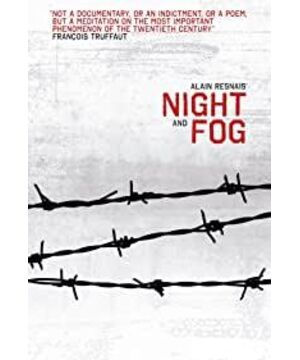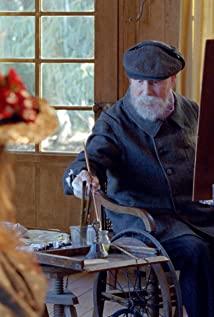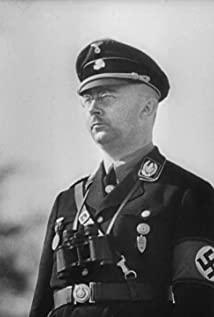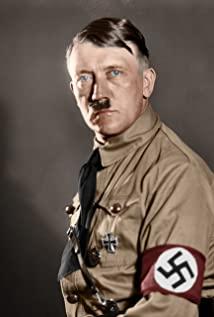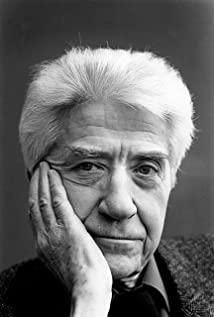The famous German dramatist Brecht proposed the "distancing method" in 1936 and applied it in performances. It refers to keeping the distance between the actor and the character, the audience and the character through the alienation effect, so that the audience and the actor can view the reality rationally. Many filmmakers and theorists have since applied this approach to a wider field than acting. Its basic function is to reveal the causal relationship of things, expose the contradictory nature of things, and make people realize the possibility of changing reality. The use of this technique in audiovisual language is one of the reasons for the rational and solemn style of the film. And if we compare the world-renowned late works of Alain Resnais, Hiroshima Love and Last Year at Marienbad, with Night and Fog, we can see their inner consistency. Stylized narration, stream-of-consciousness editing, in-depth long shots and other techniques have already begun to accumulate in his documentary, which is why this film can stand out among many Auschwitz documentaries, so the role of audio-visual language cannot be ignored. underestimate. Starting from the most stylized narration, we can clearly feel that, unlike the narration of other documentaries, the narration in this film assumes almost all the narrative functions of the film, and the narration runs through the whole film without pause. This reduces the drama of the documentary and requires a strong concentration of the audience. Secondly, the narration is quite poetic and literary, and Carroll's calm and straight voice completely separates the audience from the narrative plot and thinks about the meaning of the documentary in the context of real life. In addition, the film also uses color to represent a rational montage of cross-cutting between reality and past time and space, creating a strong contrast between the extreme cruelty of the past and the warmth of the sun to set off the theme of "forgetting and not forgetting". In the editing, we can also see that unlike Hollywood chops, this film uses more long takes. On the one hand, it is connected with the poetic and soothing narration, and on the other hand, because the long shot can present a more complete time and space, more picture information, and objectivity, so as to guide the audience to think and obtain the picture information by themselves. This technique also has a distancing effect on the audience, giving the film a poetic air and atmosphere. Finally, in terms of music, in the black and white documentary "The Triumph of the Will" shot by Leni Riefenstahl in 1935, Hans Eisler used the method of contrasting sound and picture: when the Nazi military parade appeared on the screen team, Images of Hitler's fiery speeches and streets packed with excited people stand in stark contrast to the mournful, monomelic violin tunes. The final musical chords are not over yet, making the thinking about the film continue into reality. The alienation effect of the audio-visual language in the film has the effect of disintegrating the cover and control of the social system on art, and to a large extent, it shows its unique social criticism function, and also reflects the self-discipline of art. .
View more about Night and Fog reviews


